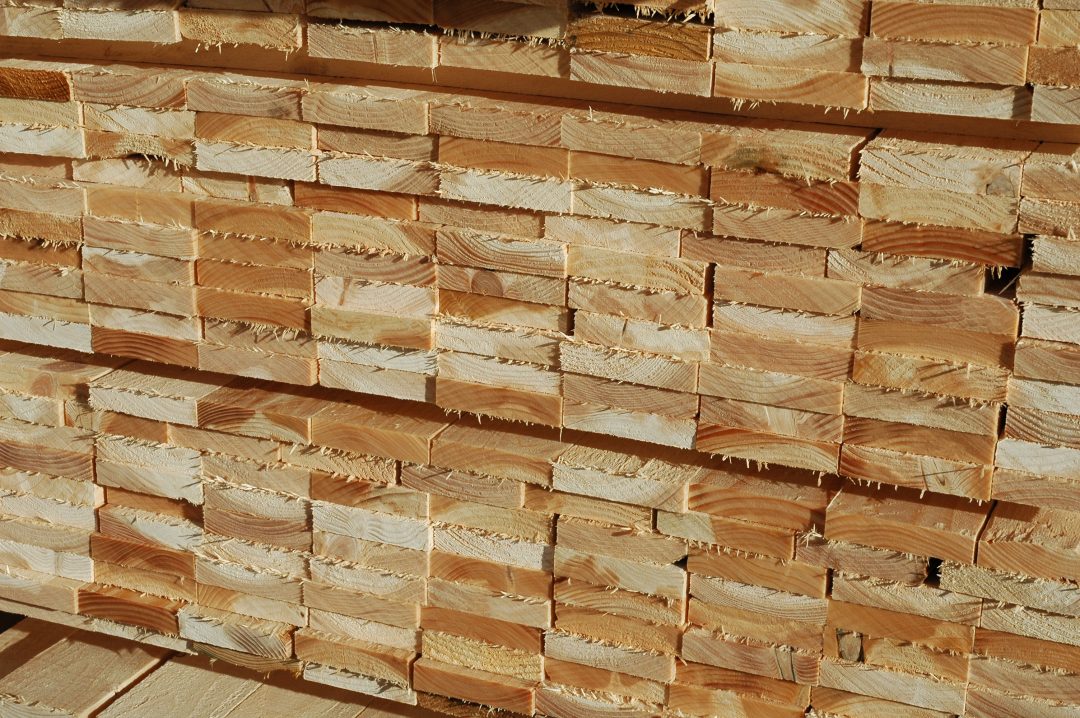
This post is an addendum to the previous one about the no-deal Brexit preparation notices – and with thanks to the TTF for the information they have put here (which you should definitely also read).
I’m going to focus particularly on product marking here. The Construction Products Regulation (a regulation being a kind of legal act of the European Union that becomes immediately enforceable as law in all member states simultaneously), will be incorporated into UK law via the “Great Repeal Bill“. The CPR is the bit of law which governs CE marking of construction products (including those made from timber). Nothing can change quickly on this because it is entwined in all sorts of things from construction contracts to occupational health and safety – and of course this is how the very large European single market will continue to operate for our exports and many of our imports (because having to customise a product for one country is enough of a pain that it was one of the reasons the EU came into being in the first place) . So far nothing is new. Quite how we start to drift away from the CPR, no longer being involved in making the laws, or subscribing to updates and additions is anyone’s guess. Although it’s commonly assumed that we will start to drop some of the less liked elements.
One of the things that the UK has had a confused stance on is marking. On the one hand product marking is seen as an unnecessary (and sometimes pointless) chore, yet on the other we have previously complained that there is not strict enough marking.
It is important to pause here and remind ourselves that regulations are not the same as standards, and while standards support regulations they don’t create them. We are not talking here about dropping European Standards and replacing them with British Standards. European Standards are already British Standards. We are also not talking about replacing the CE mark with the BSI kite mark because a) they are not for the same purpose, and b) the BSI kite mark never went away.
What will change (with or without a Brexit deal) is that what we previously called “Harmonised Standards” (those helping people comply with the essential requirements of CPR) will instead be called (in the UK only) “Designated Standards” (helping people comply with the essential requirements of what the CPR becomes within UK law).
The system of Notified bodies, whose role is to assess conformity of products before being placed on the market will be replaced, for the UK market, with a system of “Approved bodies” – although of course Notified bodies are still required for products to be placed in the European market.
To accompany this change will be another product mark (“A new UK conformity mark is being developed by the UK government which manufacturers selling goods on to the UK market will then be able to affix before placing a product on the UK market” – and we expect to see more details of this before the end of 2018). That’s not to say that the mark will need to be on the product itself. If there is no deal this will be needed right away. Even with a deal it will eventually be needed.
Anyone manufacturing in the UK with the intention of selling into Europe needs to be aware that: Products which were tested by a UK-based Notified body will need to be retested by an EU-recognised conformity assessment body – or the testing data transferred to one (in a no deal scenario UK-based bodies will no longer be listed on this database, unless they set themselves up with a presence in a European member state). This opens up the possibility of needing to remark the products with a new Notified body number or needing to have one Notified body and a different UK Approved body both assessing the product and both needing to be on the product marking to ensure it can be sold in both Europe and UK.
There are many creases to be ironed out here, but one immediate question arises as to how UK Approved bodies will be able to do their conformity assessment work if they are no longer receiving the information from the European Commission’s information system NANDO.
The EU is likely to move towards a “Smart CE marking” where product information is provided in digital format. But with so much else to resolve in the coming years the UK will probably be a good market for anyone selling paper.

Leave a Reply
You must be logged in to post a comment.